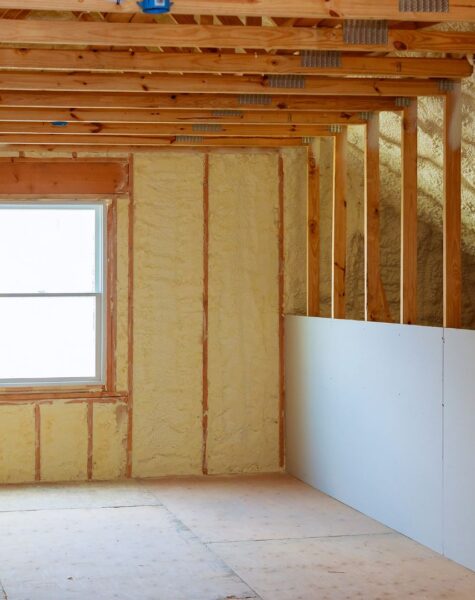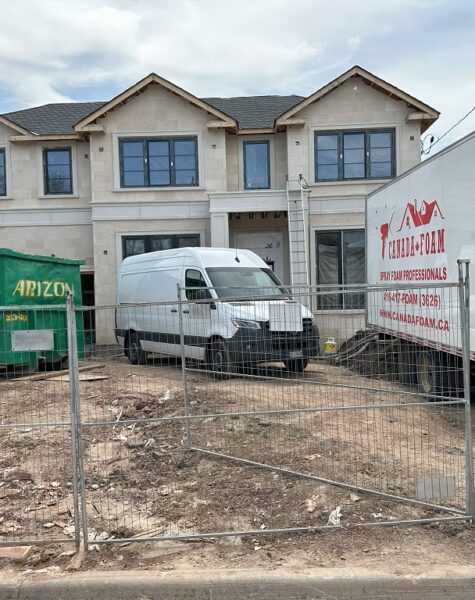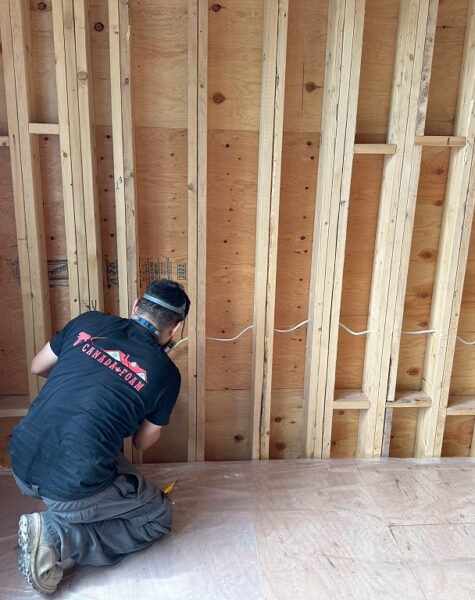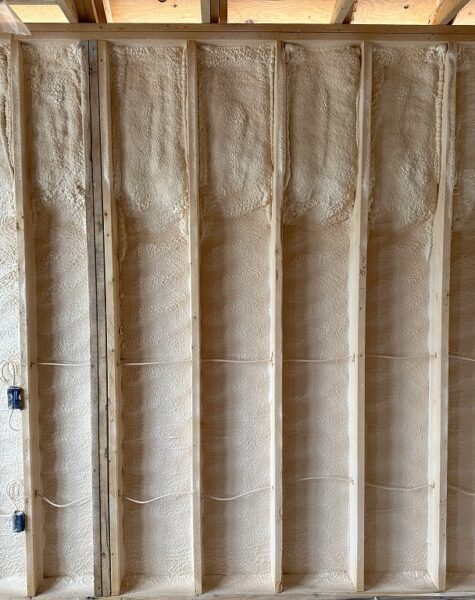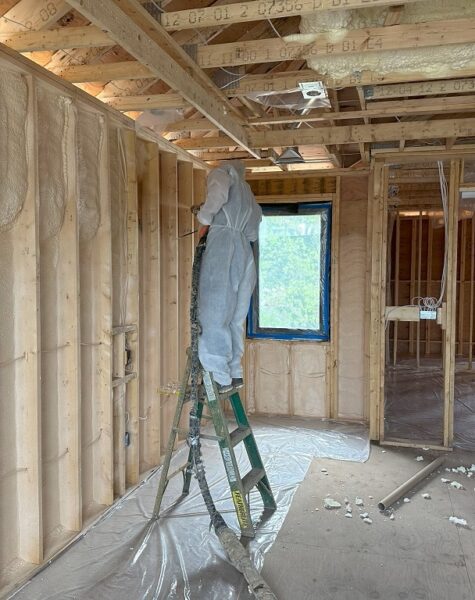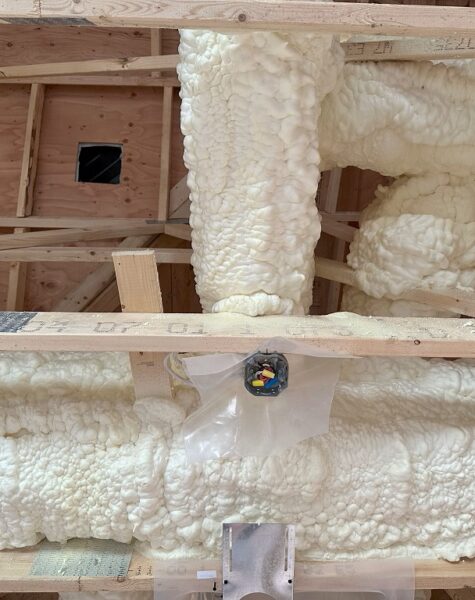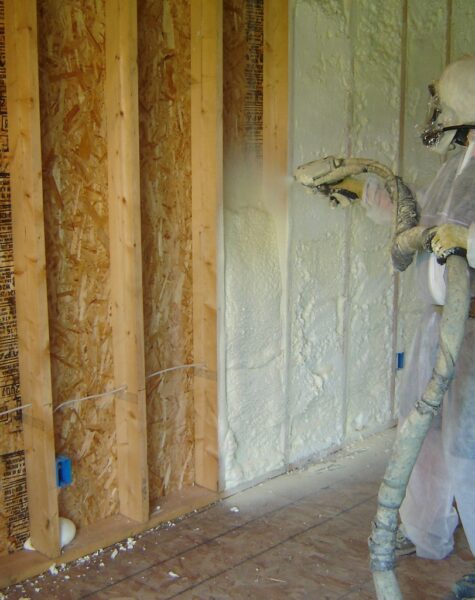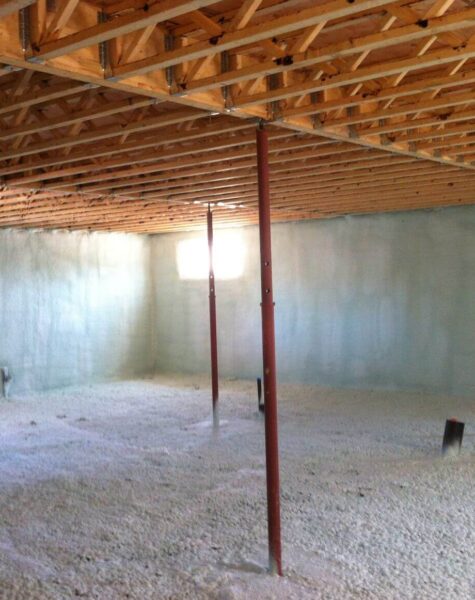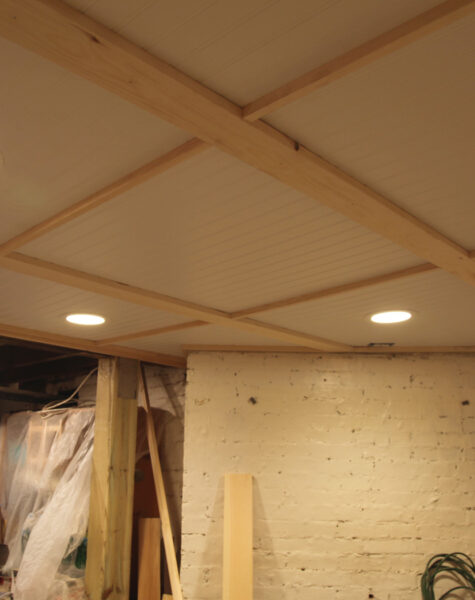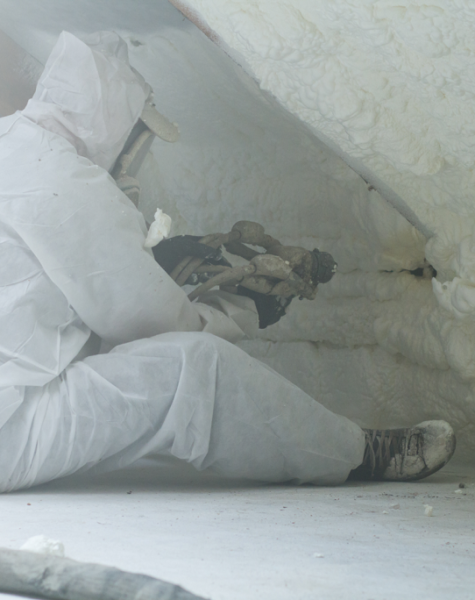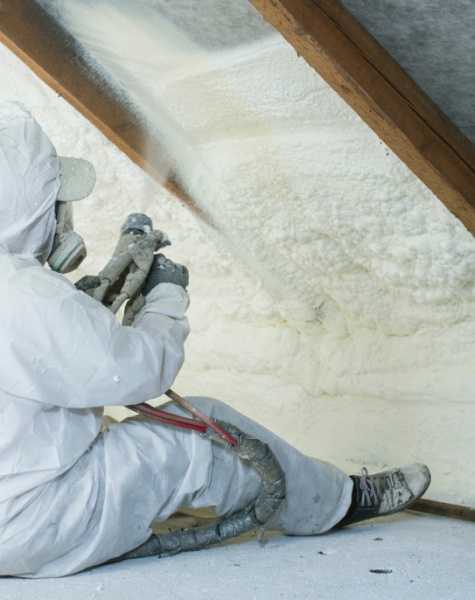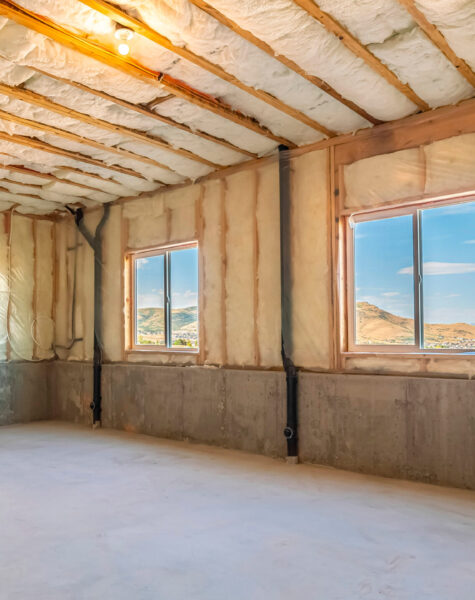Solutions For A Healthy Indoor Climate
We provide radon detectors to house inspectors in Toronto and the Greater Toronto Area. We offer radon detectors that can be used for a short period of time, a long period of time, or continuously.
Foam insulation can be a part of a radon protection system in certain situations. Closed-cell spray foam insulation can be used to seal gaps and cracks in the foundation, walls, and floors, which can help prevent radon gas from seeping into the indoor spaces. The foam insulation is typically applied by a professional contractor who has experience in radon mitigation.
However, it’s important to note that foam insulation alone is not sufficient to reduce high levels of radon gas. A radon protection system, which includes a vent pipe, a fan, and a radon detector, is still necessary to effectively reduce radon levels to safe limits. The foam insulation is used in conjunction with the ventilation system to help prevent radon gas from entering the building.
It’s also important to ensure that the foam insulation used in the radon protection system is appropriate for use in a radon mitigation context. The insulation material should be selected based on its permeability to radon gas and its ability to withstand the pressure differentials that can occur in a radon mitigation system.
In summary, foam insulation can be a useful component of a radon protection system, but it should be used in conjunction with other radon mitigation techniques and installed by a qualified professional.
We offer high-performance technology that give customers, radon mitigation experts, and builders better options for radon exposure prevention.
Radon is a naturally occurring radioactive gas that is released from the decay of uranium in soil, rocks, and water. It can enter buildings, including homes, through cracks in the foundation, gaps in walls or floors, and other openings. Radon is a silent and invisible threat, as it has no color, odor, or taste, making it impossible to detect without proper testing.
Even though radon is present in varying levels in all homes, the concentration can vary significantly from one property to another. Testing your home for radon is crucial to determine the actual radon levels present. Radon testing involves the use of specialized devices that measure the concentration of radon gas in the air. By conducting this test, you can accurately assess the radon levels in your home and take necessary steps to mitigate any potential health risks associated with prolonged exposure to high levels of radon.
It's important to note that prolonged exposure to high levels of radon gas is a serious health concern. Radon is classified as a carcinogen, and long-term exposure to elevated radon levels can increase the risk of developing lung cancer. In fact, radon exposure is the leading cause of lung cancer among non-smokers and a significant contributor to lung cancer cases overall.
Taking the proactive step of testing your home for radon allows you to identify any potential radon issues and take appropriate measures to mitigate the problem. If high radon levels are detected, various radon mitigation techniques can be employed to reduce radon concentrations to safe levels. These may include sealing cracks and gaps in the foundation, installing ventilation systems, or implementing other specialized radon mitigation systems.
- Spray Foam Insulation
- Attic Insulation
- Old Insulation Removal
- Basement Insulation
- Cottage Insulation
- Blown-In Insulation
- Radon Protection System
- Container Insulation
- Air Barrier Systems
- Rooftop Ductwork Insulation & Air Sealing
- Fibreglass Batts
- Cementitious Fireproofing
- Blown-in Fiber Insulation
- Tank Insulation
- Soundproofing
- Mineral Wool Insulation
- K13 Sound Absorption Spray
- Sonaspray FC
In summary, radon is an invisible and odorless radioactive gas that can enter your home from the surrounding soil and rocks. Testing your home for radon is the only way to accurately determine its presence and concentration. By conducting radon testing, you can protect yourself and your family from potential health risks associated with prolonged exposure to high levels of radon. If elevated radon levels are detected, taking necessary mitigation measures will help ensure a safe and healthy living environment.
Exposure to high levels of radon over an extended period can have severe health implications, particularly in terms of lung cancer risk. When radon gas is inhaled, it decays inside the lungs, releasing tiny radioactive particles. These particles can damage lung tissue and increase the likelihood of developing lung cancer over time.
The World Health Organization (WHO) has classified radon as a Group 1 carcinogen, indicating that it is a substance known to cause cancer in humans. It estimates that radon is responsible for approximately 3-14% of lung cancer cases worldwide. In areas where radon concentrations are particularly high, such as certain regions with geological characteristics that promote radon accumulation, the percentage of lung cancer cases attributable to radon can be even higher.
It's important to note that the risk of developing lung cancer from radon exposure depends on several factors, including the concentration of radon, the duration of exposure, and individual susceptibility. Smokers who are exposed to high levels of radon face an increased risk of developing lung cancer. The combined effects of smoking and radon exposure can be synergistic, meaning that the risk is higher than the sum of the individual risks associated with smoking and radon exposure separately.
Health authorities, such as Health Canada and the U.S. Environmental Protection Agency (EPA), have established guidelines and recommended action levels for radon concentrations in indoor air. In Canada, the guideline is 200 becquerels per cubic meter (Bq/m3), while in the United States, the recommended action level is 148 Bq/m3. If radon testing reveals levels above these guidelines, it is strongly advised to take remedial measures to reduce radon concentrations to acceptable levels.
Regular testing for radon is recommended, especially in areas known to have higher radon potential. Radon test kits are readily available and can be easily used to assess the radon levels in your home. Professional radon testing services are also available for more comprehensive and accurate results.
In summary, exposure to high levels of radon can significantly increase the risk of developing lung cancer, particularly when combined with smoking. Radon is a known carcinogen, and long-term exposure to elevated radon concentrations can have severe health consequences. It is essential to test for radon and take appropriate measures to mitigate high levels, ensuring a safe and healthy indoor environment for you and your family.
Explore the remarkable outcomes of our recent Radon Protection System installations, exemplifying our proficiency and unwavering dedication to providing exceptional insulation solutions.
